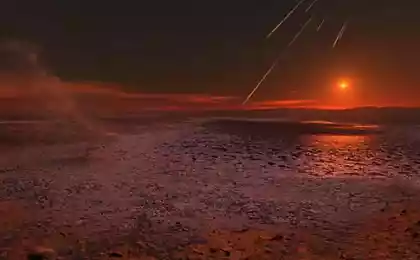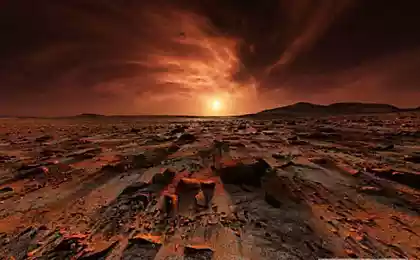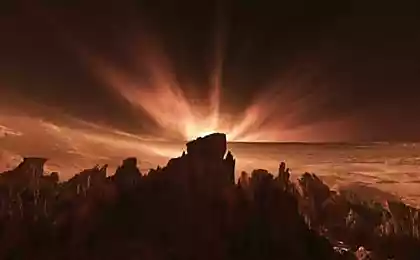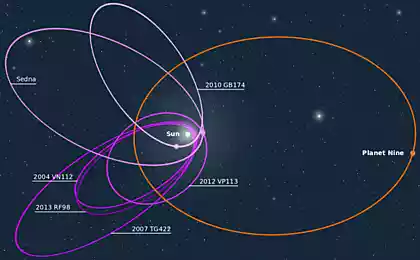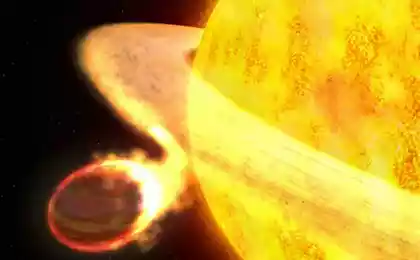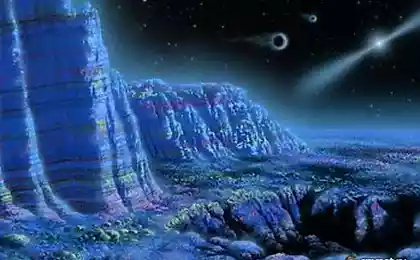168
Silphra, the rift between two continents
The Silfra Fault is located in Lake Tingvallawatn in Iceland’s Thingvellir National Park. Silphra is part of the Atlantic Rift, the dividing line between the continents of Europe and America. This is a huge crack in the surface of the earth, where continental plates meet, shifting by about two centimeters per year. In the deep waters of the Atlantic Ocean, this fissure is mostly invisible, but in Silfra the clear meltwater of Icelandic glaciers makes the fissure visible. This gives people a unique opportunity to see the colossal continental plates with their own eyes.
Amazing visibility and accessibility make Silfra a popular destination for divers. Divers and snorkelers can swim between American and Eurasian tectonic plates, effectively touching both continents. Visibility is extraordinary and reaches almost 100 meters. There are several reasons for this remarkable clarity. First, the water is cold – 2 – 4 degrees Celsius, and remains so all year. This temperature keeps the water free of water life. Secondly, it has the purest form. This is distilled water formed as a result of melting glaciers 50 kilometers from here. This water passes the distance to Tingvellir National Park underground. On the way, it is further filtered by porous rock until it becomes so clean that it can be safely drunk without any treatment.
The Mid-Atlantic Mountain Range is the longest mountain range in the world, located mostly deep below the surface of the Atlantic Ocean. The mountain range includes a deep fault zone, encircling almost the whole world. This rift marks the actual boundary between two tectonic plates, the Eurasian and American. Right between the tectonic plates, lava erupts into the icy water of the Atlantic, forming new islands and volcanoes. Over millions of years, this process has formed the Atlantic Ridge.
Although many dived in Silfra, very few ventured into the Silfra Cave, which is 63 meters deep. Great depth and very narrow passages pose a high threat to divers. In addition, the cave-forming rocks can easily collapse. The cave has been mapped by a group of American divers, but regular earthquakes in the area have likely significantly changed geography.
Source: lifeglobe.net/
Amazing visibility and accessibility make Silfra a popular destination for divers. Divers and snorkelers can swim between American and Eurasian tectonic plates, effectively touching both continents. Visibility is extraordinary and reaches almost 100 meters. There are several reasons for this remarkable clarity. First, the water is cold – 2 – 4 degrees Celsius, and remains so all year. This temperature keeps the water free of water life. Secondly, it has the purest form. This is distilled water formed as a result of melting glaciers 50 kilometers from here. This water passes the distance to Tingvellir National Park underground. On the way, it is further filtered by porous rock until it becomes so clean that it can be safely drunk without any treatment.
The Mid-Atlantic Mountain Range is the longest mountain range in the world, located mostly deep below the surface of the Atlantic Ocean. The mountain range includes a deep fault zone, encircling almost the whole world. This rift marks the actual boundary between two tectonic plates, the Eurasian and American. Right between the tectonic plates, lava erupts into the icy water of the Atlantic, forming new islands and volcanoes. Over millions of years, this process has formed the Atlantic Ridge.
Although many dived in Silfra, very few ventured into the Silfra Cave, which is 63 meters deep. Great depth and very narrow passages pose a high threat to divers. In addition, the cave-forming rocks can easily collapse. The cave has been mapped by a group of American divers, but regular earthquakes in the area have likely significantly changed geography.
Source: lifeglobe.net/
GMO is responsible for the growth of cancer diseases
Scientists have found one of the causes of Alzheimer’s disease


